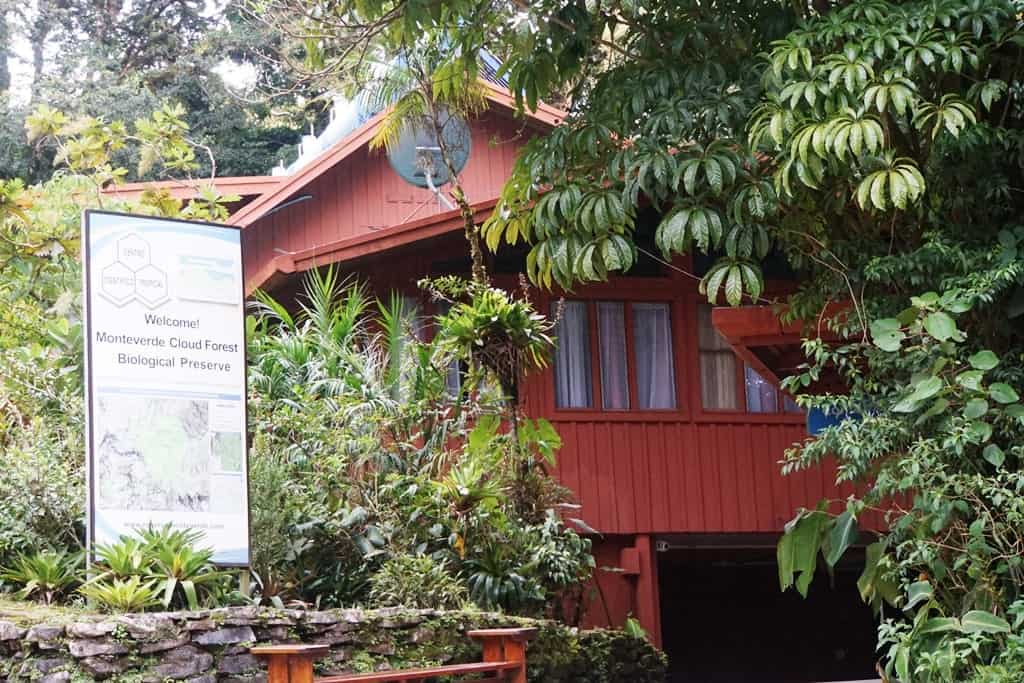Imagine a place swathed in a thick blanket of cloud. A place where the mysterious calls from rare and exotic animals can be heard. A place plagued with gnarled branches and disfigured trunks. Could such a place even exist? Yes! Welcome to the dream-like world of the Monteverde Cloud Forest Reserve.
As the name suggests, Monteverde Cloud Forest is famous for a blanket of low-lying clouds that often covers the canopy of the forest here. In such a moist and humid environment, life has exploded. With the impenetrable clouds obscuring the sun’s rays, evaporation occurs at a much slower rate compared to other jungle ecosystems in Costa Rica. Consequently, this abundant supply of moisture has helped fuel the vast biodiversity of the region.
One type of lifeform that has dominated the damp lands is epiphytes or plants that grow non-parasitically on other plants. Common epiphytes of Monteverde include bromeliads and orchids. Incredibly, about half of the global population of orchids can be found in Monteverde – some 500 species!
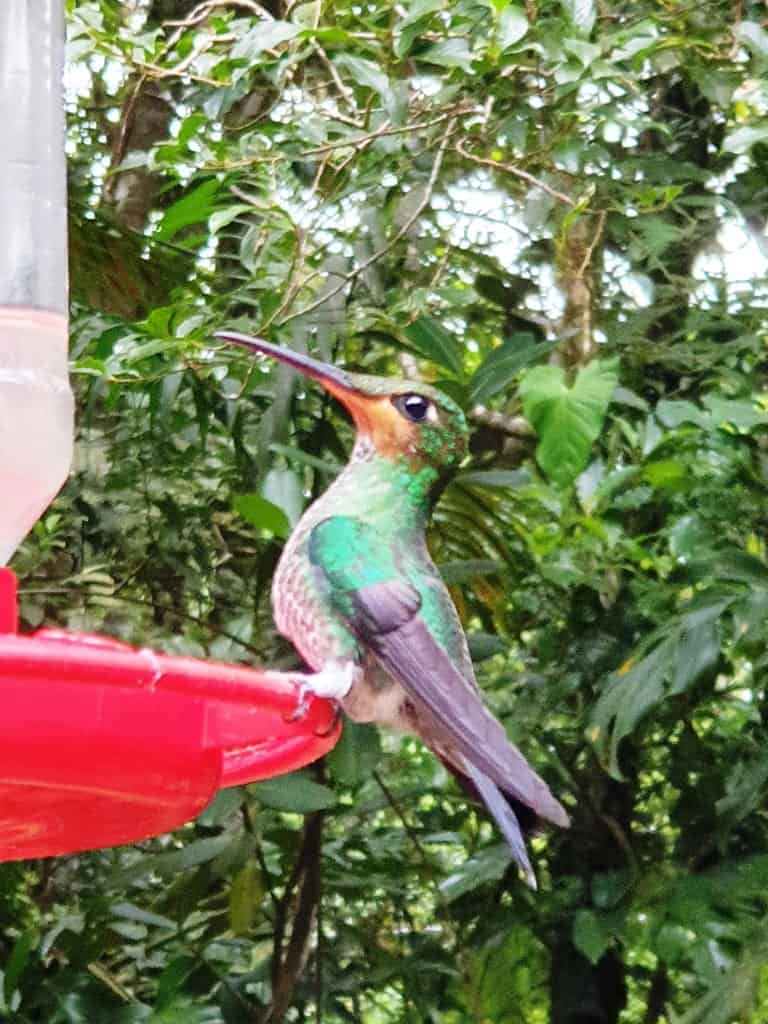
Plants are not the only organisms to thrive in Monteverde. A staggering 400 species of birds, both resident and migratory, have been recorded in this cloud forest ecosystem, making Monteverde a must-see for avid birdwatchers and nature lovers.
Found on the Continental Divide at 1440 meters above sea level, Monteverde is truly one of Costa Rica’s most memorable destinations. Due to the altitude and exposure to the elements, Monteverde isn’t the hot, tropical escape one may expect when imagining Costa Rica. In fact, mean temperatures here struggle to surpass 18°c.
Read on to discover the history of Monteverde and some of the best things to experience around this cloud forest region.
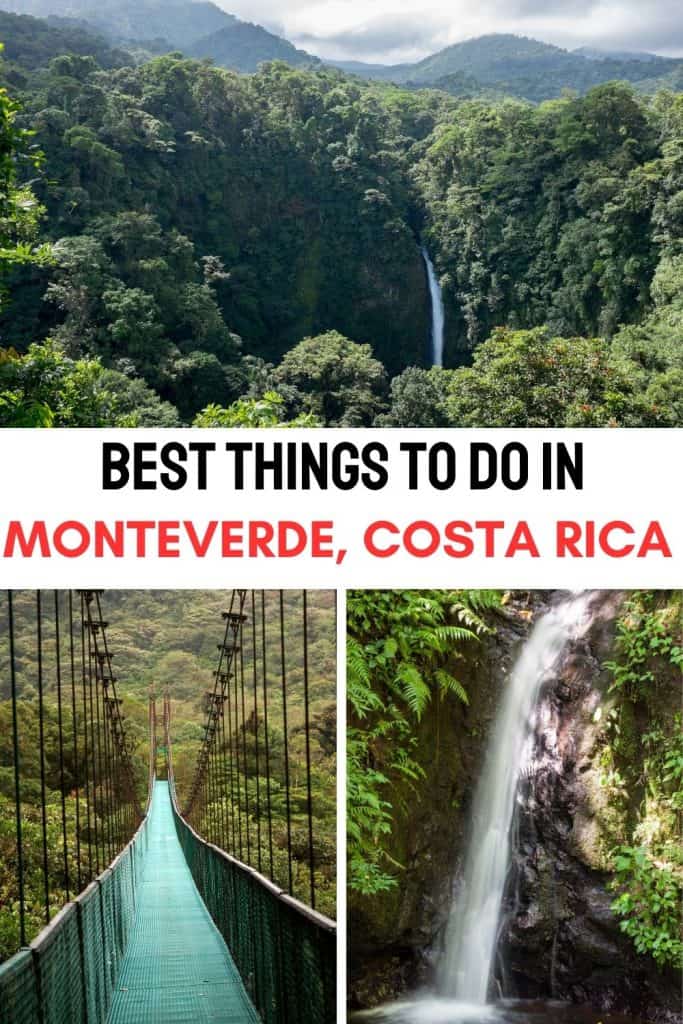
Disclaimer: This post contains affiliate links. This means that should you click on certain links, and then subsequently purchase a product, I will receive a small commission.
Table of Contents
A Guide to Monteverde, Costa Rica
History of Monteverde
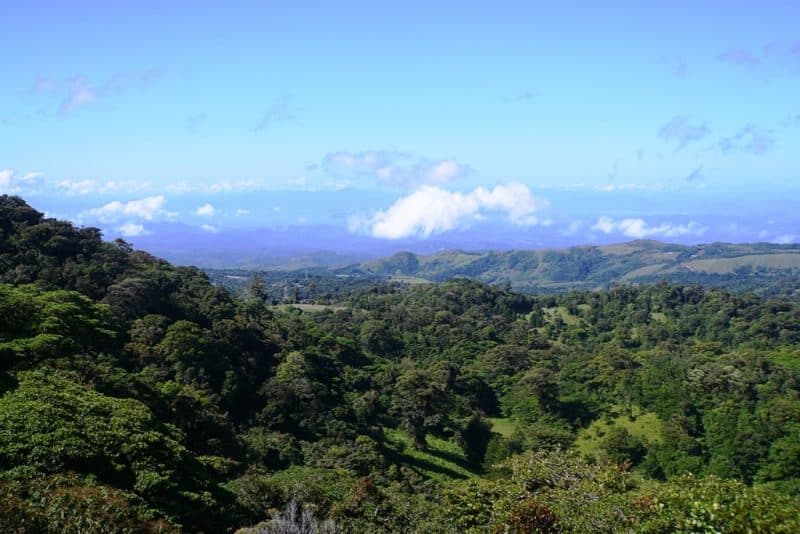
The Cloud Forest Reserve of Monteverde was one of Costa Rica’s first National Parks, form back in 1972. Then, the reserve was not much bigger than 800 acres. Now, some 40 years later, the reserve extends over 35000 acres and encompasses 6 distinct geographical zones.
It wasn’t until very recently that Monteverde became a tourist destination. Before, the land was used by nomadic farmers and Quakers (a Christian religious group), who favored the fertile soils and optimal climatic conditions for crop cultivation. In 1951, the region was renamed Monteverde, or Green Mountain, for the rolling hills extended for miles with nothing but primary, undisturbed forest.
One of the first true sources of income to residents of Monteverde was in the form of a cheese factory, created in 1953. Incredibly cheese manufacturing still exists in the region today, using traditional practices.
Fast forward to today, and Monteverde attracts approximately 1 million visitors annually. Many accommodations and local farmers favor green practices, making Monteverde a top destination for eco-conscious travelers.
Things to do in Monteverde
Ziplining
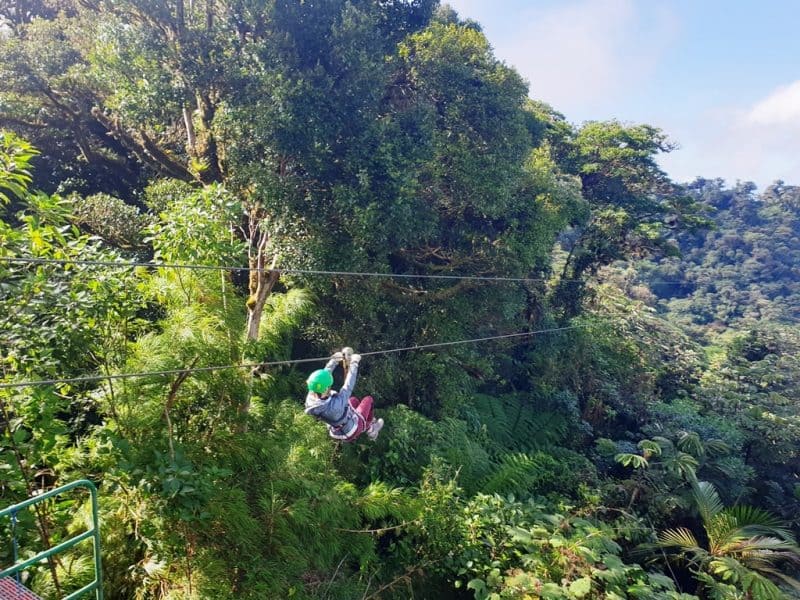
Imagine the rush of zooming down an ancient cloud forest, at speeds of up to 40 mph. Feel the wind in your hair and listen to the sounds of nature from all around. This is the excitement you will feel with ziplining through the jungles of Monteverde.
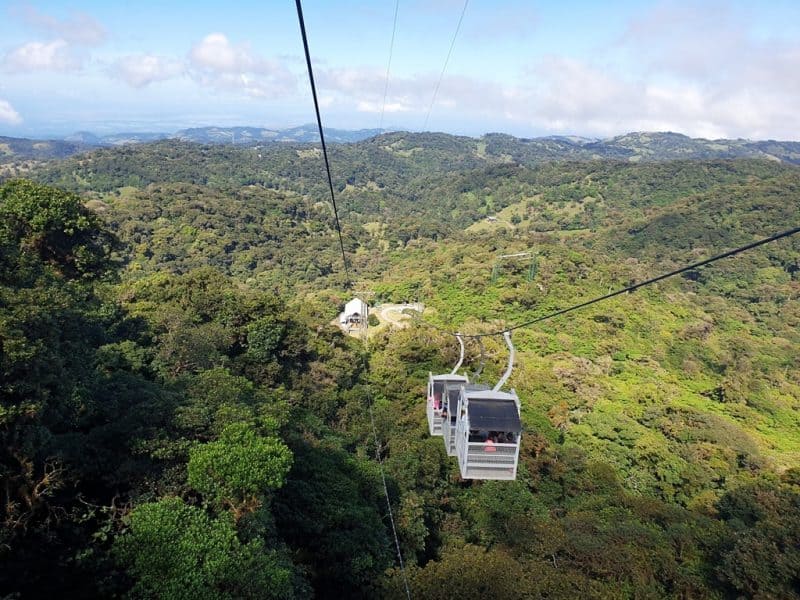
There are many companies that offer adventure activities throughout the region. However, through personal experience, some of the very best are Selvatura Park and Sky Adventures Monteverde Park.
Selvatura can be found at an altitude of 1600m, really immersing you in the cloud forest environment. For the latter, they have some of the highest and longest recorded ziplines in the country! Alongside this, other activities can be found here such as the aerial sky train and hanging bridges
Hanging Bridges
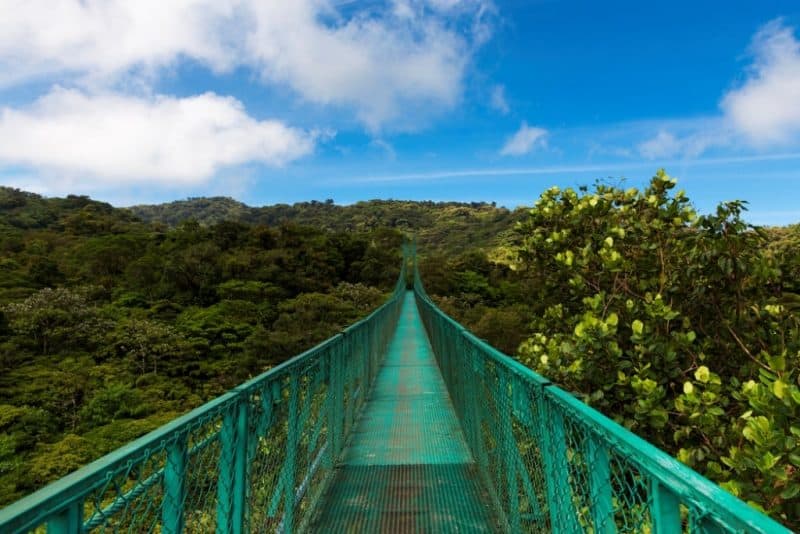
As stated above, Selvatura and Sky Adventures are probably some of the best places to visit in Monteverde. If you aren’t keen on adrenaline-pumping activities, but still want that cloud forest canopy experience, discover the hanging bridges – suspended walkways above the verdant valleys below. This is a great way to discover local jungle life.
To fully embrace the hanging bridges, it is recommended to go with a local guide. Many of the guides have spent their entire lives in the forests of Monteverde, and know exactly where to look for wildlife. You will be surprised with what they can spot.
Hiking in the Cloud Forest
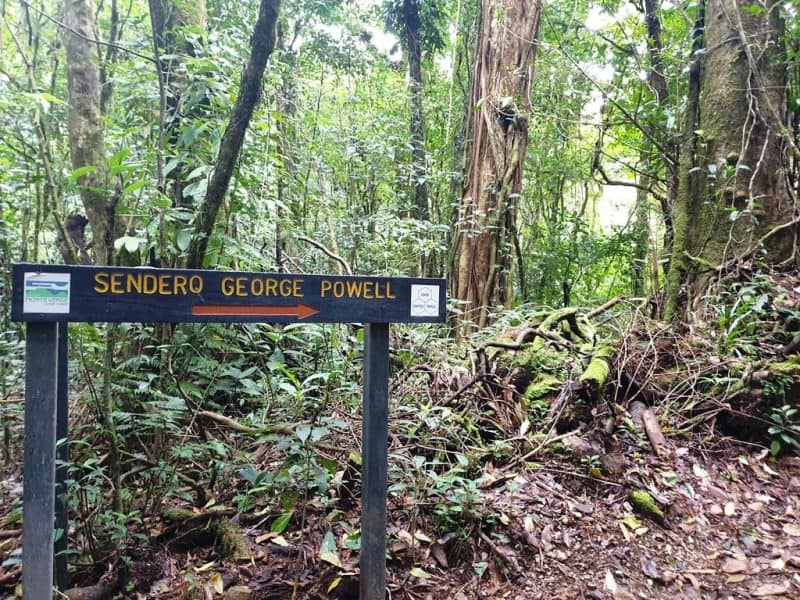
Of course, one of the biggest attractions to the region is to go hiking within the cloud forest system itself. The area is vast, offering many different locations and trails. So how do you decide where to go?
One of the best places is to hike around San Gerardo. This biologically rich area houses a research station, for the use of the many scientists and research students that come to Monteverde to study the rich complexities of life.
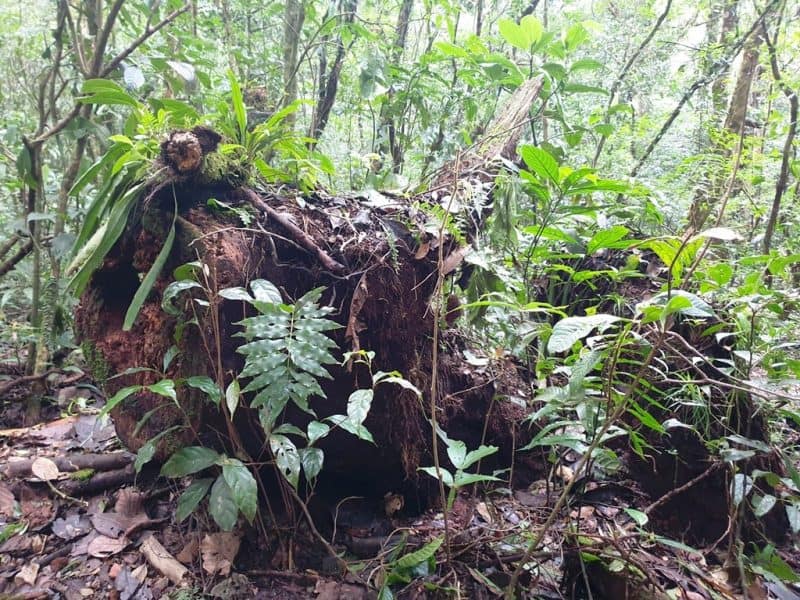
Here, you may have the opportunity to spot rare and elusive species. If you’re an avid birder, San Gerardo is one of the best places to spot the resplendent quetzal and the three-wattled bellbird, both of which are incredibly spectacular.
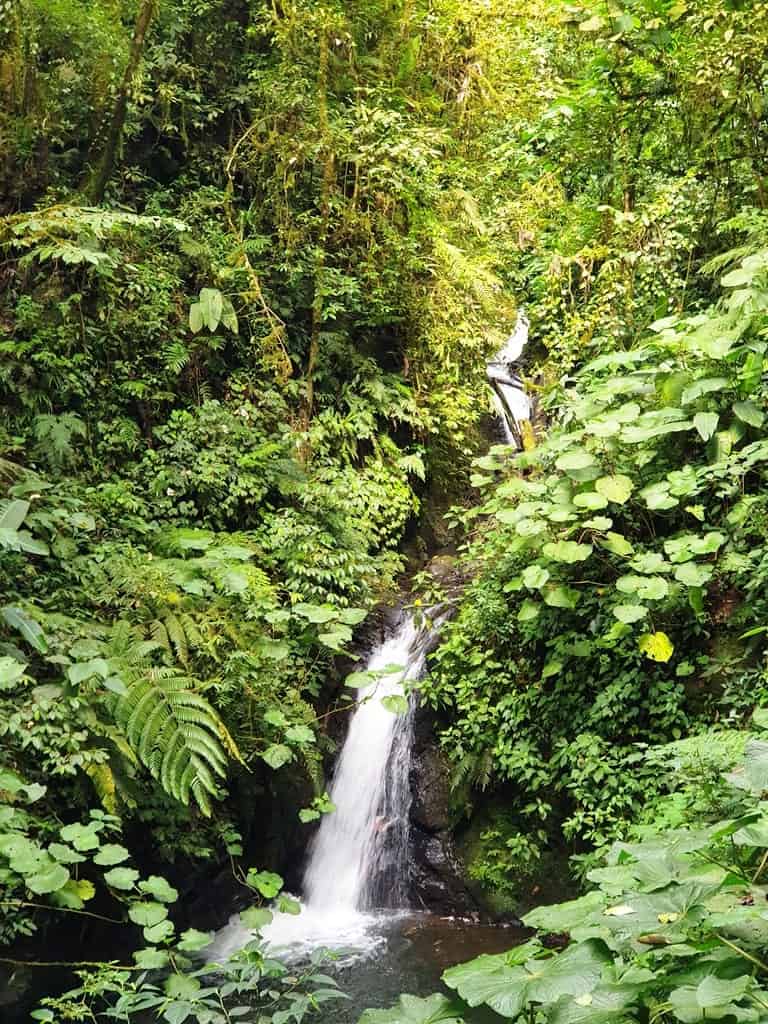
National Geographic has stated that cloud forests are some of the best places in the world for spotting these avian oddities. However, due to the effects of climate change, this cloud forest system will not be around forever. As the planet warms, the sun burns off the life-giving clouds, that ultimately provide moisture and life.
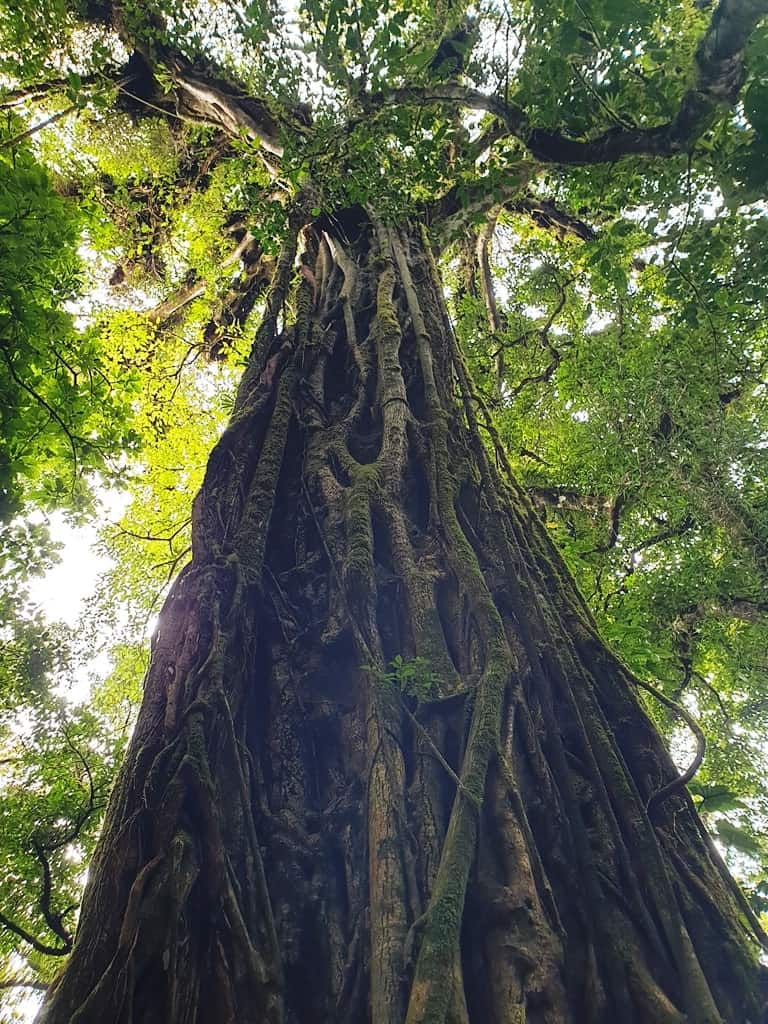
Another great place to hike is the Bosque Eterno de Los Ninos, or “Children’s Eternal Rainforest”. This certainly is a very special place within Monteverde. Due to the fundraising efforts of school children in Switzerland, an area of land was successfully preserved.
Now, with a collaborative effort of school children across 40 countries, the raised money goes towards protecting a staggering 55000 acres of the pristine cloud forest.
How to get to Monteverde
Monteverde is located halfway between the two international airports of Costa Rica, Liberia in the North and San Jose in the South. The drive from these two hours will take approximately 2.5-3 hours. However, unlike much of Costa Rica, the roads around this region are undeveloped and windy, potentially pushing journey times up.
It is also important to keep in mind that, due to the elevation and extreme weather in the region, winds can become rather strong on these mountainous roads.
There are a variety of options to travel to Monteverde. By far the easiest is to hire a rental car. This allows more reliability and freedom to travel and explore within chosen destinations. From San Jose, take the Northbound Pan-American Highway. When you reach the roadside restaurant “Caballo Blanco”, follow signs to Monteverde.
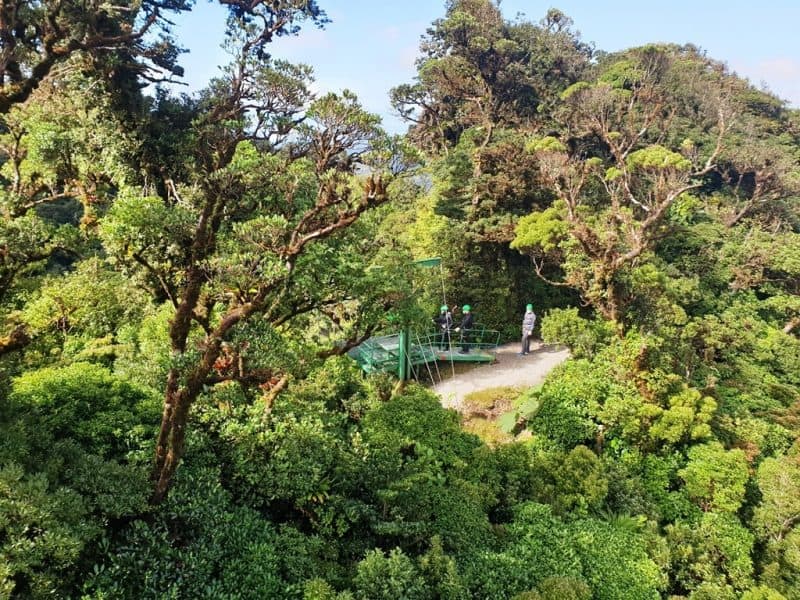
The journey is very straightforward, however, past the restaurant, the road is not paved and very windy. From Liberia, take the Pan-American Highway Southbound. When you arrive at Las Juntas, turn left and carry on towards Monteverde.
If you do not drive or do not wish to drive in another country, many online travel companies offer taxi tour packages. This normally entails transport to and from a certain place or a one-way shared shuttle service. Although considerably more expensive than other means of travel, it does provide more comfort.
Another popular way of travel for tourists is the local bus service. From San Jose, buses to Monteverde leave daily at 6:30 am and 2:30 pm. Travel time is estimated to take approximately 4.5 hours and costs just $5. Buses from Liberia are not direct. You will need to change at Lagartos or La Irma.
Where to stay in Monteverde
Poco a Poco: Just on the outer fringes of Santa Elena, East of the Children’s Eternal Rainforest sits the charming lodge of Poco a Poco. At 1400 meters above sea level, the lodge is situated in a real cloud forest country. A mix of modern architecture and traditional furniture and materials, this lodge is the perfect balance of class and coziness. After a day of Cloud Forest exploration, unwind in the heated swimming pools and enjoy a cocktail or two, all the while listening to the nature that can be found surrounding the hotel.
Hotel Fonda Vela: Located just minutes away from the entrance of Monteverde National Park, Fonda Vela sits in a region of stunning beauty – perfect for bird watching and animal gazing. The interior is expertly decorated in a rustic wooden style, incorporating local art and materials into the rooms.
Belmar Hotel: For those wishing to indulge in a bit of luxury, discover Belmar Hotel. The rooms are clean and spacious, using locally sourced materials, and have spectacular views of the surrounding jungle or ocean. Most rooms even come with a private jacuzzi, allowing you to recuperate in the comfort of your privacy.

